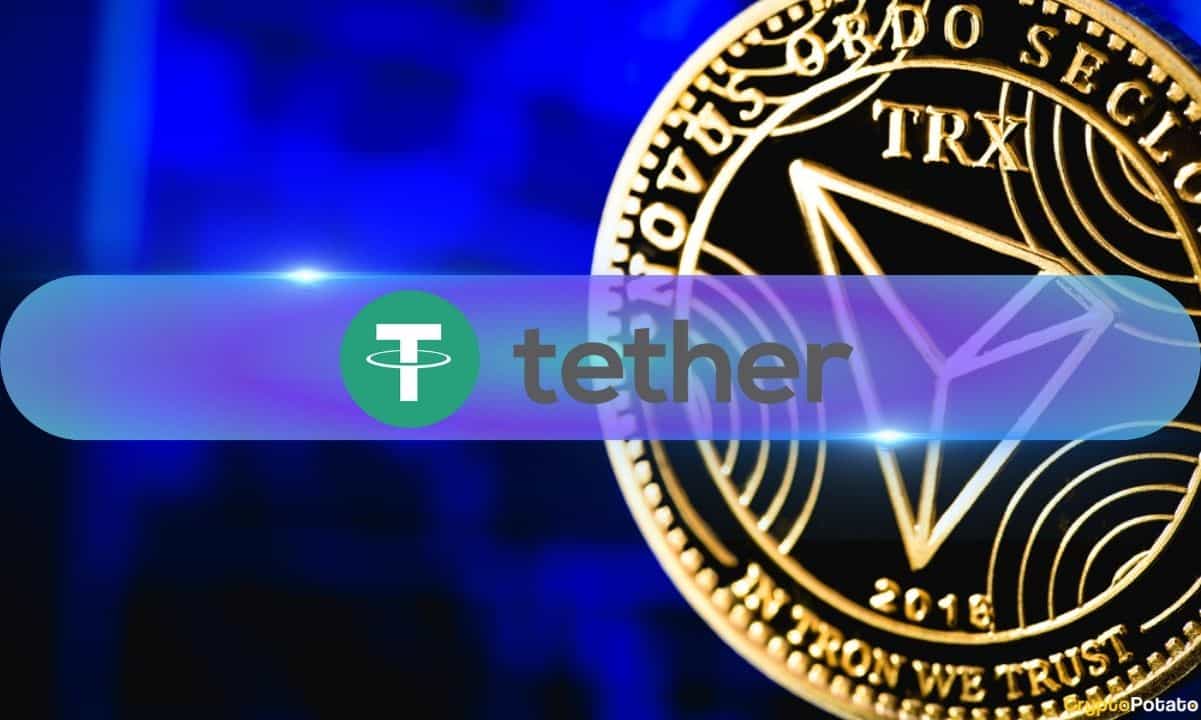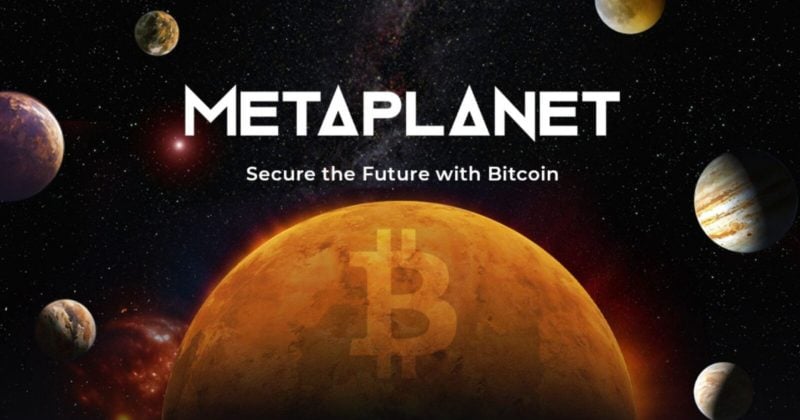The White House’s crypto policy report is set to drop on July 30, and it could either ignite a new era of U.S. blockchain dominance or deepen the industry’s regulatory quagmire.
With whispers of a Bitcoin reserve and Fed access for crypto firms, the stakes are nothing short of financial revolution or ruin.
Summary
- The White House will release a landmark crypto policy report on July 30, potentially reshaping U.S. financial leadership with proposals like a Bitcoin reserve and Fed access for crypto firms.
- A new bifurcated regulatory framework may emerge amid ongoing SEC–CFTC jurisdictional disputes.
On July 23, Bo Hines, Executive Director of the President’s Digital Asset Advisory Council, announced that the long-awaited White House crypto policy report will be made public on July 30.
https://twitter.com/BoHines47/status/1948080816447459763
The document, spearheaded by Hines and tech entrepreneur David Sacks, culminates a 180-day review by the President’s Working Group on Digital Assets, a cross-agency effort involving Treasury, the Securities and Exchange Commission, Commodity Futures Trading Commission, and Commerce Department.
Mandated by January’s executive order, the report is expected to outline strategies for maintaining U.S. leadership in digital finance, including proposals such as a potential Bitcoin reserve and expanded access to the Fed’s payment system for blockchain firms.
What to expect from the White House crypto report
The digital asset industry is no stranger to ambiguity. For years, crypto firms have operated in a legal gray zone, navigating overlapping jurisdictions, uneven enforcement, and the looming specter of a central bank digital currency. The upcoming White House report, however, signals a decisive end to that era, at least in intent.
Among the report’s most anticipated recommendations is a proposal to extend fair access to the Federal Reserve’s payment systems. Currently, most digital asset companies rely on intermediary banks for dollar transactions, creating bottlenecks and single points of failure.
Direct Fed access would not only streamline settlements but also force traditional banks to compete with blockchain-native payment rails. However, insiders suggest this privilege would come with stringent capital and auditing requirements, potentially excluding all but the most established firms.
The proposal for a Bitcoin strategic reserve represents a radical departure from traditional treasury management. The working group was advised to examine models where seized or treasury-held Bitcoin could serve as a hedge against dollar volatility while maintaining the cryptocurrency’s liquidity.
This approach mirrors strategies employed by corporate treasuries and nation-states, such as El Salvador, but with stricter compliance guardrails. The mechanics remain unclear; whether the government would actively trade these reserves or hold them long-term could determine its impact on markets.
Another proposal raised in the group’s mandate addresses stablecoin policy, with a clear preference for dollar-backed, privately issued tokens that maintain parity with the U.S. dollar. Notably, it rejects the CBDC model altogether, citing privacy risks and the potential erosion of individual financial autonomy.
Instead of pushing for a digital dollar controlled by the central bank, the administration appears to be leaning into the market-driven success of U.S.-denominated stablecoins, particularly those with transparent reserves and audited backing.
Regulatory reckoning looms
Between these bold strokes, the report must navigate a minefield of jurisdictional disputes. The SEC and CFTC have spent months clashing over whether most tokens qualify as securities or commodities, while Treasury officials have quietly advocated for a new independent regulator specifically for digital assets. The working group’s compromise, expected to involve bifurcated oversight based on asset functionality, may satisfy neither camp.
Either way, what emerges on July 30 won’t be the final word. The report’s actual test is whether it can translate political vision into workable policy, without crushing the innovation it seeks to harness.

















 English (US) ·
English (US) ·